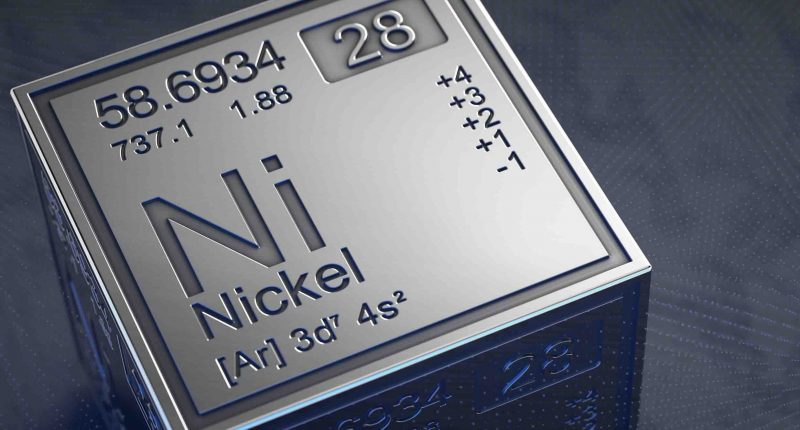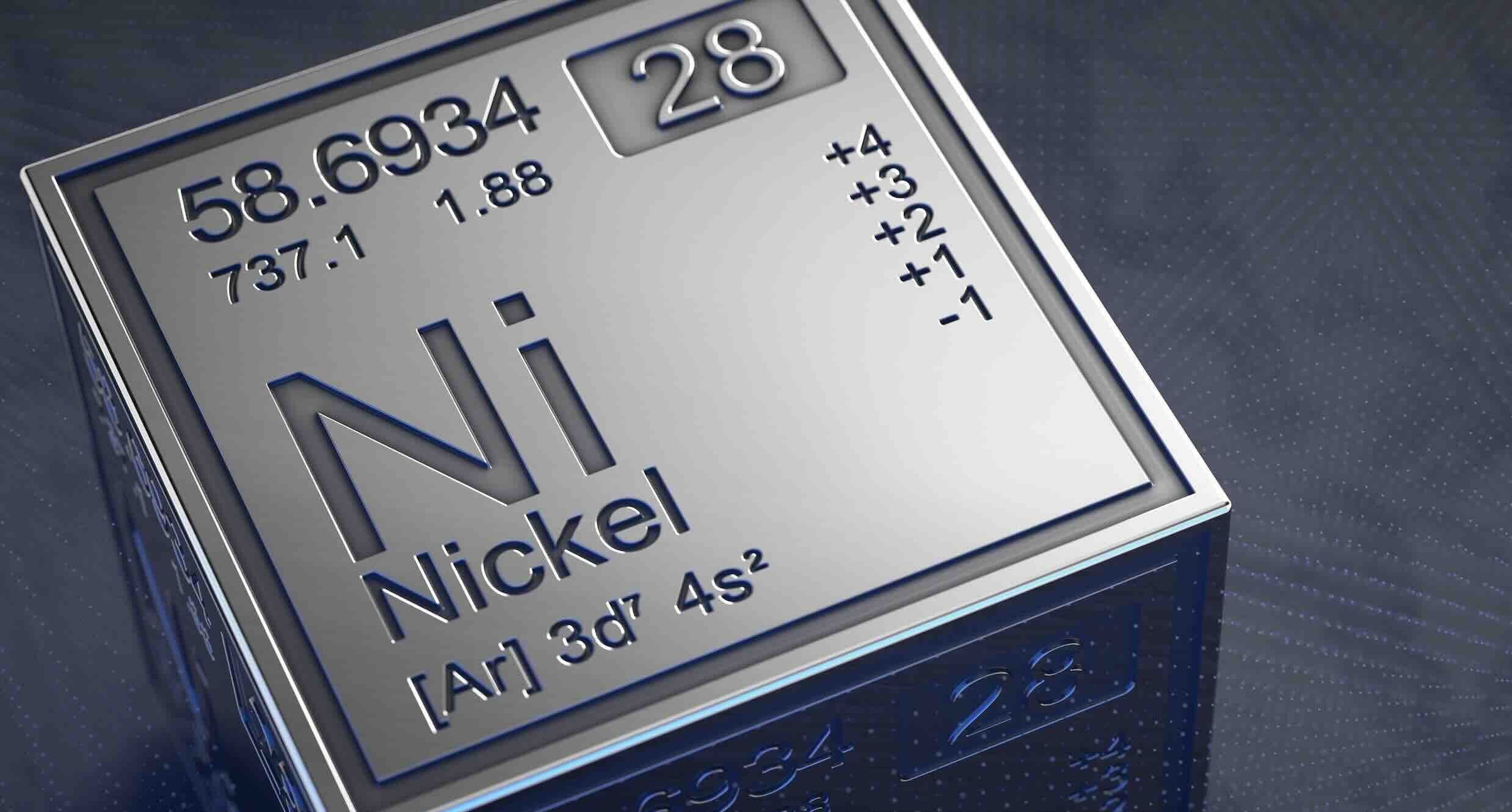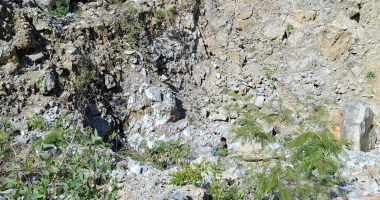Western Mines Group (ASX: WMG) has confirmed broad intersections of nickel sulphide mineralisation from drilling at its Mulga Tank project in Western Australia, with one of two reverse circulation (RC) holes showing nickel at 4.5 percent.
The results are based on assaying of RC holes MTRC023 and MTRC024, done as part of a broader second phase drilling program at Mulga, which sits on the Minigwal Greenstone Belt in the Goldfields region of WA.
Both holes confirmed broad zones of nickel sulphide mineralisation, including high levels of nickel and sulphide coincident with highly anomalous copper and platinum group elements (PGEs).
MTRC024 in particular revealed an interval of 3 metres at 2.19 percent nickel, 777 parts per million (ppm) cobalt and 597 ppm copper, including 1 metre at 4.51 percent nickel, 0.16 percent cobalt and 0.14 percent copper from 253 metres.
The second phase drilling program is set to begin with an initial 17 holes, concentrating on infill of the higher-grade core area revealed by the phase 1 program and through Western Mining’s JORC exploration target, which was released last month.
Managing Director Dr Caedmon Marriott said the drilling work could continue confidently based on the mineralisation found through initial drilling.
“These assay results are a fantastic start to the Phase 2 RC and really validate our approach with this program,” he said.
“A secondary goal, or outcome, as we narrow down the RC drill spacing, is that we increasingly seem to intersect zones of high-grade matrix to semi massive sulphide around 180m to 280m depth. These have now been seen in 6 or 7 holes, up to 900m apart, over about 0.5km square area.
“The result from hole MTRC024 is very exciting: we will look to target thicker intervals of this material with follow-up work – just a modest improvement in the width of these high-grade intersections could really change the game for the project.”
Western Mines Group is trading at 17c.








